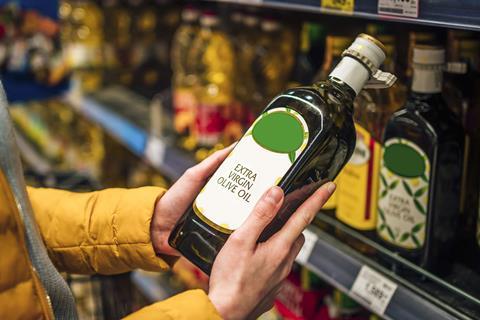
The Ukraine war has taken its toll on cooking oils this year. The resulting squeeze on availability pushed up prices of sunflower oil and the wider market. Although the impact is now waning, volume sales have unsurprisingly taken a hit.
There is one surprising finding from all this turmoil, though. Brands have declined at a lower rate than own label – despite what NIQ grocery insight analyst Stephen Bough describes as a “huge rise in prices”.
The average price per litre of branded oils has rocketed 30.8% – but volumes are down just 8.9%. Own label volumes, meanwhile, have fallen faster than the overall market at 22.8%. That’s despite being 36.5% cheaper than brands on average.
“It is surprising that private label has not made more inroads,” says Bough. “This may be down to supply issues making brands prioritise production of their branded products at the expense of own label.”
The olive oil industry crisis continues
And the Ukraine war hasn’t been the only driver of these supply issues. Olive oil has also taken a hit due to months of extreme drought in olive-producing countries including Spain, Italy, Portugal and Greece.
Assosia data in August showed limited supply had already pushed up olive oil prices by about 40% since the start of the year.
More of the same is expected next year. The International Olive Oil Consortium forecasts a total yield of around 1.5 million tonnes for the EU in the 2023/24 season, down more than a third from the 2.3 million in 2021/22.
The situation is now so dire that olive oil has become “an industry in crisis”, warns Filippo Berio MD Walter Zanre.
The pressure is showing in Filippo Berio’s sales. It is still the oils category leader, but its volumes have dropped 8.5%. By contrast, its closest rival in olive oil, Napolina, managed to grow volumes 10.6%.
Oil brands relied on promotions to boost sales
That’s because the brand sought “alternative sources”, says marketing director Jeremy Gibson. “We have also innovated with Napolina’s Olio da Cucina, a blend of seed and olive oil, allowing consumers to continue to enjoy their olive oil cooking experience and offering a great value price proposition.”
Napolina has also increased distribution of smaller bottles between 100ml and 250ml, adds Gibson, “to allow consumers to continue to buy a product they love, at a more accessible price point”.
This was a shrewd move given the rates of inflation in the category – with some brands breaking the “psychologically important £10 per bottle barrier”, NIQ’s Bough points out.
As a result, “brands that succeeded in getting their promotions right dominated”, he adds. “Almost all the increase in category value came through an increase in promotional sales.”
Top Launch 2023
Lab-made Palm Oil | Clean Food Group

British biotech company Clean Food Group is aiming to shake up the oils category with a lab-made, sustainable alternative to palm oil. It uses “proven, scalable” yeast strains and fermentation tech, with food waste as a food source for the yeast, to “deliver sustainable alternatives to traditional oil and fat ingredients”. This resulting product – which has secured more than £2m in funding from private investors – performs very similarly to palm oil. It’s expected to hit the market by the end of 2025.
Face off: Top Products Survey 2023 pits brands vs own-label
- 1
- 2
- 3
- 4
- 5
- 6
- 7
- 8
- 9
- 10
- 11
- 12
- 13
- 14
- 15
- 16
- 17
- 18
- 19
- 20
- 21
- 22
- 23
- 24
- 25
- 26
- 27
- 28
- 29
- 30
 Currently reading
Currently readingOils 2023: Brands ride out massive price rises
- 31
- 32
- 33
- 34
- 35
- 36
- 37
- 38
- 39
- 40
- 41
- 42
- 43
- 44
- 45
- 46



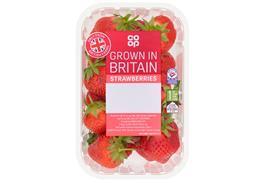



![Beans Face Off_RGB[18]](https://dmrqkbkq8el9i.cloudfront.net/Pictures/100x67/9/5/1/311951_beansfaceoff_rgb18_56926_crop.jpg)












































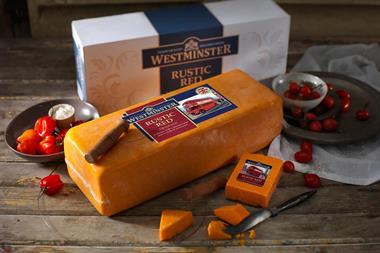
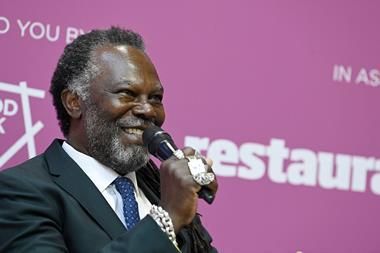

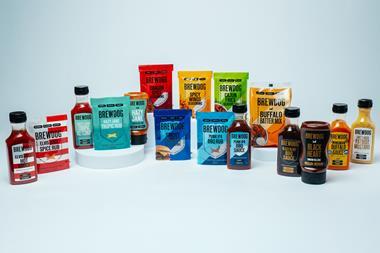

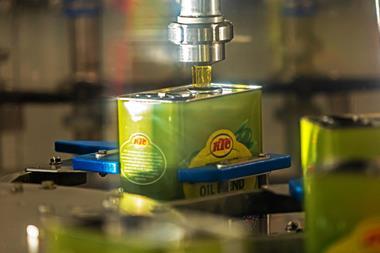






No comments yet